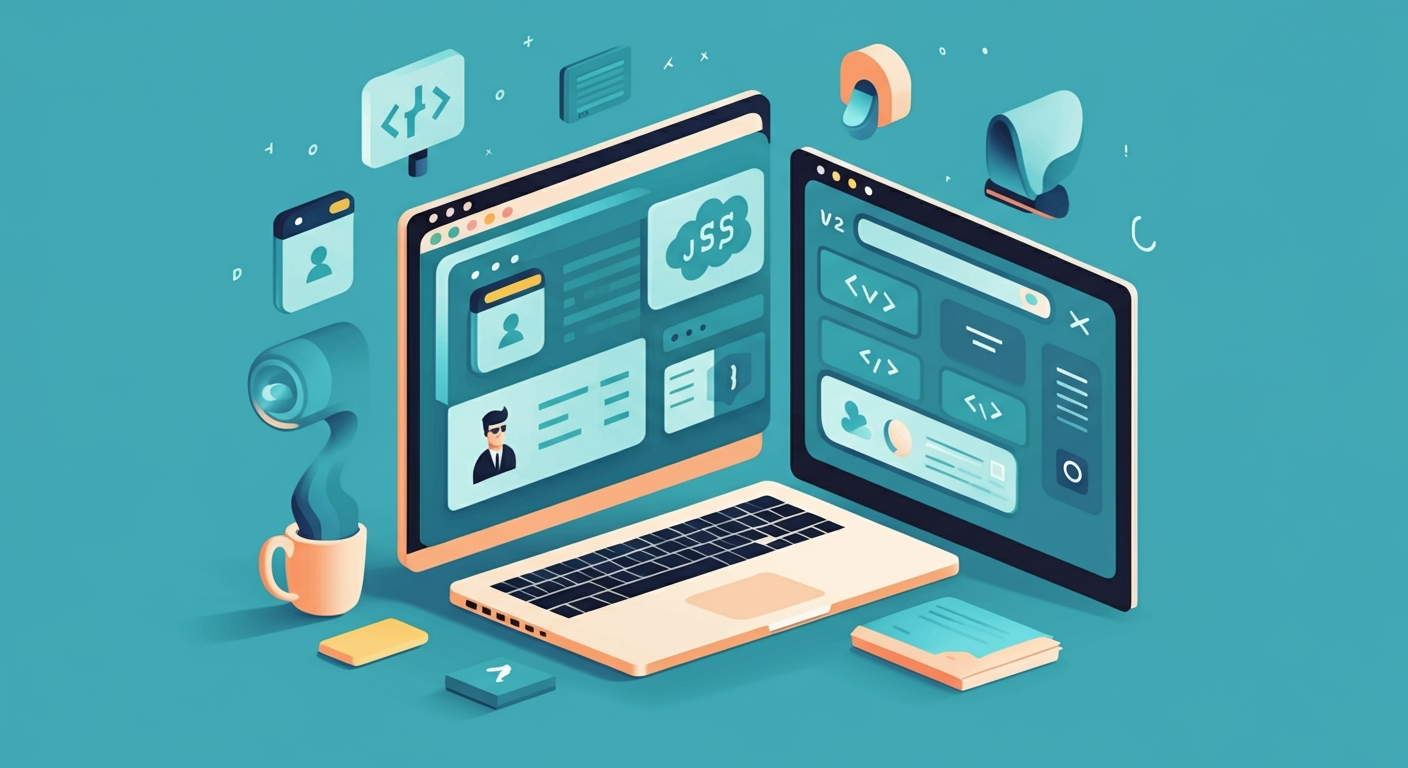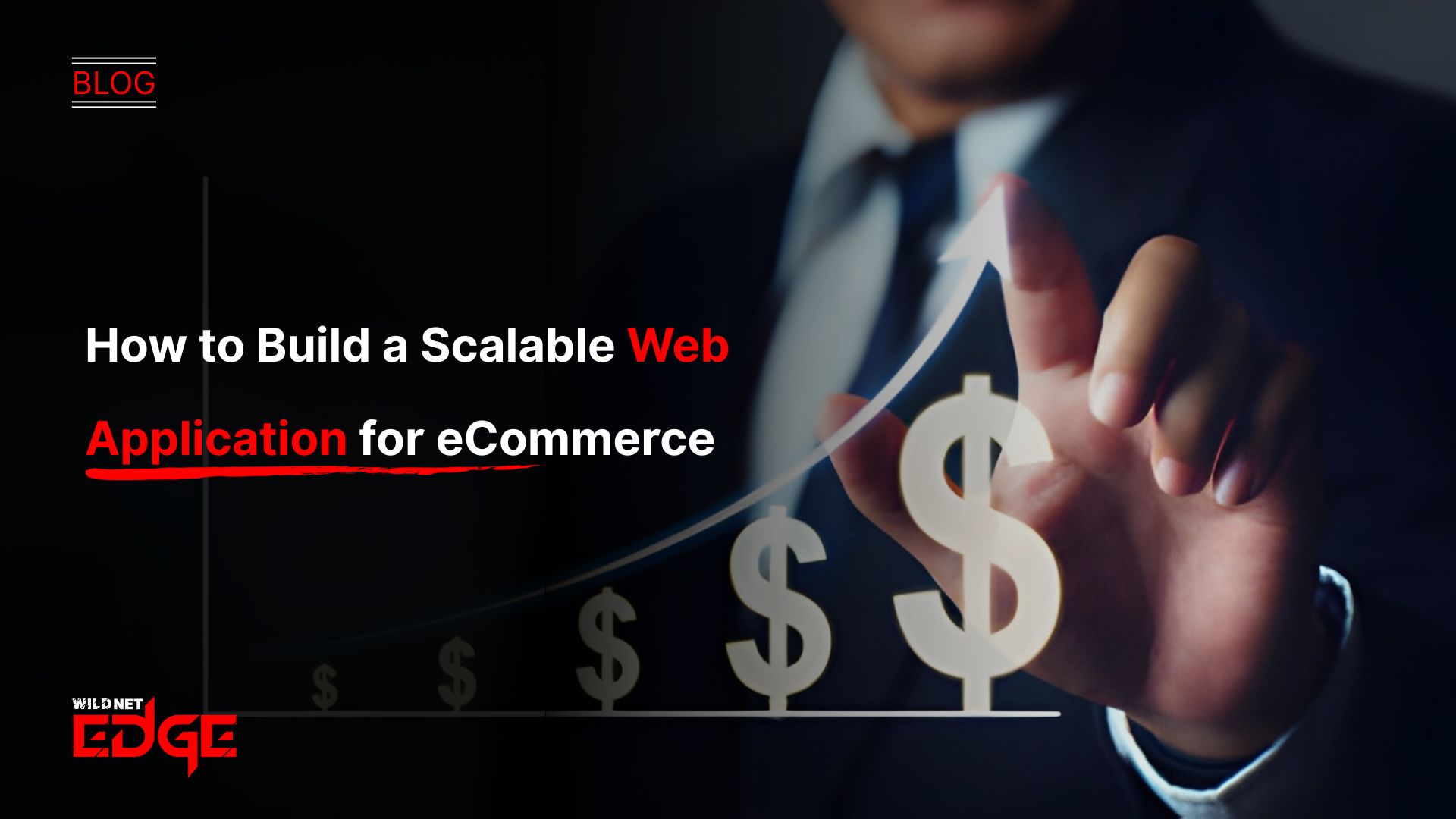Ever struggled with giving your customers seamless yet secure access to your services? Building a customer portal that balances ease of use with airtight security is no small feat. That’s where Salesforce Portals come in. In this post, we’ll dive into how Salesforce Portals tackle these challenges head-on with cutting-edge user authentication and role-based access controls, helping you build customer portals your clients trust—and love.
Understanding User Authentication in Salesforce Portals
User authentication is the first and most vital line of defense in any secure customer portal, and Salesforce Portals excels in delivering robust authentication frameworks. Within Salesforce Portals, user authentication refers to the process of verifying the identity of users before granting access to sensitive data and functionalities within the portal.
Modern customers expect frictionless access without compromising security. That’s why Salesforce supports a range of authentication methods tailored for flexibility and high assurance:
- Single Sign-On (SSO): Enables users to log in once and gain access to multiple Salesforce environments or connected applications, reducing password fatigue and improving security by leveraging corporate identity providers.
- Multi-Factor Authentication (MFA): Adds an extra security layer by requiring users to provide two or more verification factors—such as a password plus a one-time code sent to their mobile device—greatly reducing the risk of account compromise.
- Standard Username/Password: Traditional authentication improved with customizable password policies and lockout mechanisms to prevent brute-force attacks.
Why is strong user authentication so critical? It safeguards customer data from unauthorized access, ensuring that only legitimate users gain entry to personalized information or transactional capabilities. This not only protects your business reputation but also enhances customer confidence and trust.
Benefits of implementing strong user authentication in Salesforce Portals include:
- Mitigation of data breaches: Every successful authentication reduces the chance of malicious intrusion.
- Compliance with data protection regulations: Many regulations, including GDPR and CCPA, mandate robust authentication controls.
- Elevated user experience: Secure portals don’t have to be clunky—SSO and MFA solutions streamline access without sacrificing safety.
- Reduced password-related helpdesk requests: SSO decreases password resets, saving IT resources.
By leveraging Salesforce’s advanced authentication capabilities, you establish a secure front door that sets a strong foundation for your customer portal’s trustworthiness.
Implementing Role-Based Access Control for Customer Portals
Once users are authenticated, role-based access control (RBAC) governs what they can see and do inside your Salesforce Portal. RBAC is central to enforcing the principle of least privilege—users get access only to data and functions aligned with their roles.
In Salesforce Portals, role-based access means defining clear user roles within your portal environment and configuring precise permissions linked to those roles. This granular control protects sensitive data and ensures compliance while simplifying user management.
How role-based access works in Salesforce Portals:
- Roles define hierarchy: Roles can be arranged in a parent-child hierarchy, enabling users higher in the structure to access data owned by their subordinates.
- Profiles supplement roles: Profiles determine baseline object-level permissions (read, create, edit, delete).
- Permission sets add flexibility: These allow for exceptions or temporary permissions beyond standard roles.
Steps to set up roles and assign permissions effectively:
- Identify your user groups: Understand different user personas like customers, partners, or internal staff.
- Map business needs to roles: Define which data and tasks each group requires access to.
- Create roles and profiles in Salesforce: Reflect your hierarchy and required privileges.
- Assign users to roles: Place every portal user into a clearly defined role.
- Set sharing rules and permission sets: Refine access to data and functionalities.
Common role hierarchies tailored to business needs:
- Customer Support Portal:
- Customer (access to personal data, cases, knowledge base)
- Support Agent (access to customer data and case management)
- Support Manager (access to team cases and reports)
- Partner Portal:
- Partner User (limited access to opportunity and lead data)
- Partner Manager (extended access to pipeline and performance metrics)
- Enterprise Client Portal:
- Client Administrator (manage user requests and approvals)
- Client User (view-only access to contracts, invoices)
By applying role-based access, you make sure users interact only with the data and functionality they need. This reduces data leak risks, prevents accidental modifications, and enhances user experience by decluttering the interface.
Best Practices for Building Secure Salesforce Customer Portals
Beyond authentication and role-based access, there are several strategic and technical best practices that can elevate your Salesforce Portals’ security further.
Use encryption and secure communication protocols
- Enforce HTTPS (TLS 1.2 or above) for all portal traffic to protect data in transit.
- Use Salesforce’s native encryption features such as Shield Platform Encryption to secure sensitive data at rest.
- Encrypt files and attachments shared through portals.
Regularly updating user roles and permissions
Over time, users’ roles may change; regularly auditing and updating role assignments tightens security and prevents privilege creep.
- Schedule quarterly reviews of role assignments.
- Remove inactive users promptly.
- Revoke permissions that users no longer need.
Monitoring login activity and access logs
Track portal access patterns and suspicious behavior with Salesforce’s native event monitoring or integrate third-party Security Information and Event Management (SIEM) tools.
- Set up alerts for anomalous login activity such as logins from unusual IP addresses or rapid failed login attempts.
- Use logging to support forensic investigations in case of incidents.
Integrating Salesforce Shield or additional compliance tools
Salesforce Shield provides enhanced security capabilities tailored for regulated industries, including:
- Event Monitoring for detailed user activity logs.
- Field Audit Trail to track changes over time.
- Platform Encryption for high-grade data protection.
Additionally, leverage third-party compliance tools to simplify audits and ensure adherence to GDPR, HIPAA, or SOX requirements.
Implementing these practices ensures your portal security is resilient to evolving cyber threats and regulatory demands, safeguarding your customers and brand integrity.
Future Trends and Advanced Security Tactics for Salesforce Portals
Looking ahead to 2025 and beyond, Salesforce Portals will continue evolving with innovations that future-proof your customer access strategies.
AI-powered threat detection and anomaly monitoring
Artificial Intelligence (AI) algorithms analyze user behavior patterns in real-time and detect deviations that signal potential security risks.
- AI can flag compromised accounts instantly.
- Integrate with Salesforce Einstein or third-party AI-driven security platforms.
Adaptive authentication and contextual access controls
Contextual access applies dynamic policies based on risk factors such as device, location, or time.
- Salesforce Portal logins may require additional verification if a login attempt is from an unknown device.
- Adaptive authentication reduces friction for trusted users while tightening security for risky access.
Integration with identity providers for improved user management
Salesforce continues expanding support for identity federation via SAML, OAuth 2.0, and OpenID Connect, enabling seamless integration with modern identity management systems such as Okta, Azure AD, or Ping Identity.
- Centralize user lifecycle management.
- Enable passwordless authentication.
Continuous compliance with evolving data protection regulations
Portals must adapt to ever-changing legal landscapes. Salesforce invests in compliance automation tools to help businesses meet new requirements effortlessly.
- Automated data residency enforcement.
- Granular consent management built into portal workflows.
Implementing these advanced security tactics positions your Salesforce Portals to meet future challenges head-on, ensuring secure and seamless customer engagement in the years to come.
Conclusion
Building secure customer portals with Salesforce Portals is essential to protecting your business and delighting your customers. By leveraging robust user authentication and carefully crafted role-based access controls, you create a trusted environment that drives engagement while minimizing risk.
Beyond these foundations, adopting best security practices—from encryption to activity monitoring—enables you to stay ahead in a rapidly changing threat landscape. Looking forward, embracing AI-powered tools and adaptive access controls will future-proof your portals for 2025 and beyond.
When it comes to expert guidance and cutting-edge security solutions, WildnetEdge stands out as a reliable partner to help you implement and maintain these best practices. With specialized consulting and tailored configurations, WildnetEdge empowers businesses to build Salesforce Portals that not only meet security demands but also elevate customer experiences.
Ready to elevate your customer portals? Connect with WildnetEdge today.
FAQs
Q1: What types of user authentication does Salesforce Portals support?
Salesforce Portals support multiple authentication methods including Single Sign-On (SSO), Multi-Factor Authentication (MFA), and standard username/password logins, ensuring flexible and secure access.
Q2: How does role-based access improve security in Salesforce customer portals?
Role-based access allows you to assign specific permissions to users based on their roles, ensuring they only see and perform actions appropriate to their responsibilities, thereby reducing unauthorized data exposure.
Q3: What are best practices for managing roles in Salesforce Portals?
Best practices include regularly reviewing and updating roles, applying the principle of least privilege, using clear naming conventions, and auditing role assignments for compliance.
Q4: Can Salesforce Portals integrate with external identity providers?
Yes, Salesforce Portals can integrate with external identity providers via SAML or OAuth protocols, enabling streamlined user authentication and single sign-on experiences.
Q5: How does WildnetEdge support secure Salesforce Portal implementations?
WildnetEdge offers expert consulting, security audits, and tailored configurations to ensure your Salesforce Portals use optimal user authentication and role-based access strategies aligned with your business needs.

Nitin Agarwal is a veteran in custom software development. He is fascinated by how software can turn ideas into real-world solutions. With extensive experience designing scalable and efficient systems, he focuses on creating software that delivers tangible results. Nitin enjoys exploring emerging technologies, taking on challenging projects, and mentoring teams to bring ideas to life. He believes that good software is not just about code; it’s about understanding problems and creating value for users. For him, great software combines thoughtful design, clever engineering, and a clear understanding of the problems it’s meant to solve.
 sales@wildnetedge.com
sales@wildnetedge.com +1 (212) 901 8616
+1 (212) 901 8616 +1 (437) 225-7733
+1 (437) 225-7733































